Updated 2nd July 2024
Many of us have looked at alternative therapy to complement today’s medical practices in aiding our physical and mental well-being. So far during our journey, we have touched on holistic approaches such as grounding, crystal therapy, and our positive connection with nature. This flows perfectly into looking at how plants have been pivotal in medical advances from aspirin to chemotherapy and in fact, the World Health Organisation considers 11% of essential drugs have originated from flowers.
For centuries we have been using plants and herbs as remedies for different ailments, whether it be from an insect sting or a burn. These remedies have been traditionally passed down through the years by word of mouth through families or by herbalists and physicians and documented in encyclopedias. These encyclopedias were called ‘herbals’ and are in use in today’s medicine.
Dandelion (Taraxacum officinale)
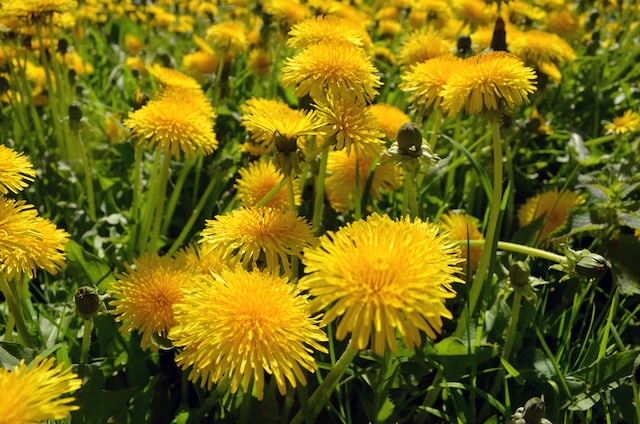
Quite a common flower that I have growing abundantly in my garden is the common dandelion. I was told as a small child not to pick dandelions as they would make you wet the bed. There is truth in the phrase, as the dandelion is used homeopathically as a diuretic and was used for kidney and bladder ailments. Emerging research also states that the common dandelion has other health benefits which include reducing inflammation and improving liver health. Not surprising as it is full of antioxidants, these destroy free radicals within the body to assist in keeping us in good condition.
The dandelion is highly nutritious from root to flower containing copious amounts of vitamin C. It may be used in tea, jams, and cordials and instead of any greens such as kale or spinach, eaten raw or cooked.
Avoid consuming the stem as the milky white substance is bitter to taste and is a form of latex. This can be used to treat warts, verrucas, and corns.
Valerian (Valeriana officinalis)
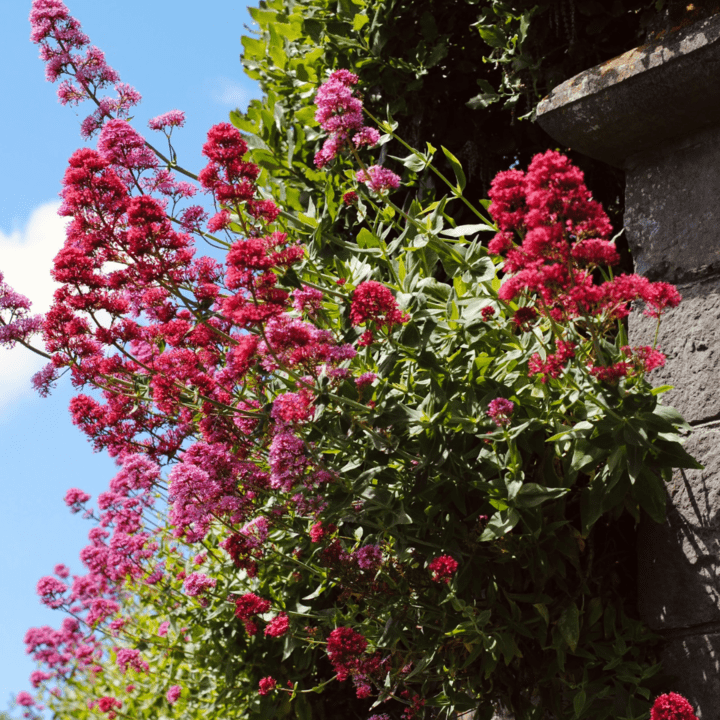
Valerian is quite an easy herb to grow in your garden, it likes full sun and prefers the soil to be on the moist side but other than that it will flourish. They are very hardy plants and will survive a harsh winter. After dying back they will emerge again in the Spring to once again replenish our herbal medicine cabinet.
Valerian root is well known for its sedative properties and studies have shown that it is relatively safe to use homeopathically. Therefore used worldwide as a natural herbal remedy for insomnia and to reduce tension and stress. It can aid in improving the deep sleep cycle or nonrapid eye movement (NRAM) phase of sleep. Deep sleep is important for cognitive function and memory.
Primrose (Primula vulgaris)
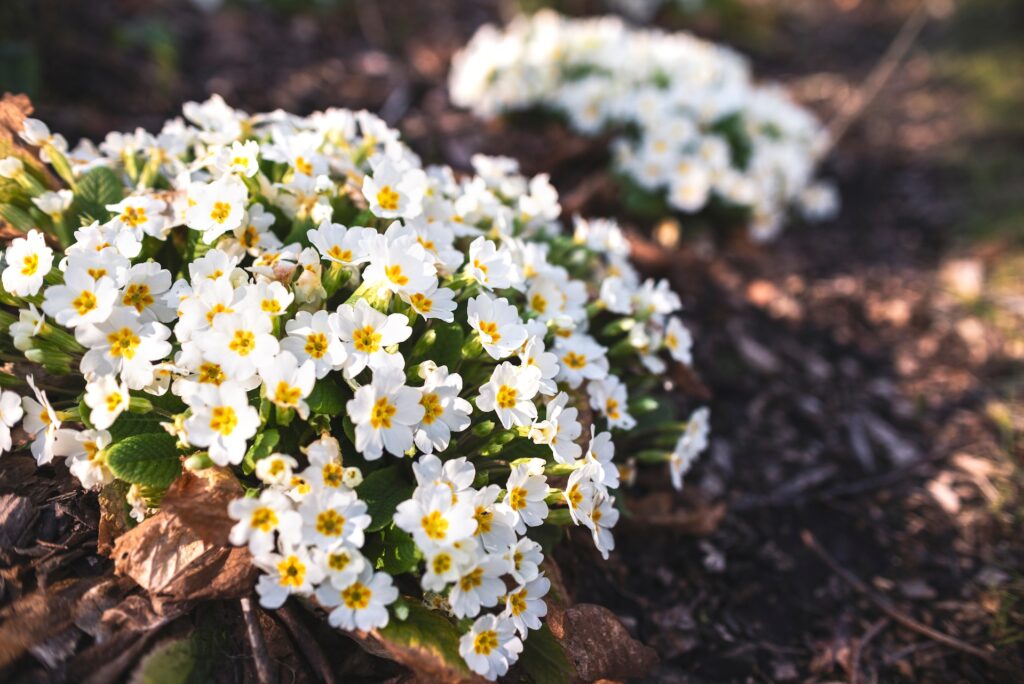
The delicate and pretty common primrose is a perennial – once planted in your garden will return each year. Primrose from the Latin ‘primus’ means prime as this hardy plant is one of the first signs that Spring is here.
Both flowers and leaves are edible and can be used in salads or decorations, soups, or teas. The younger flowers can be used for primrose wine.
It has been known for its analgesic and anti-spasmodic properties and due to its high vitamin C content was given as remedies for cold and flu-type symptoms. Probably why Italy chose the Primrose as an emblem during their Covid-19 vaccination campaign.
Lemon Balm (Melissa officinalis)
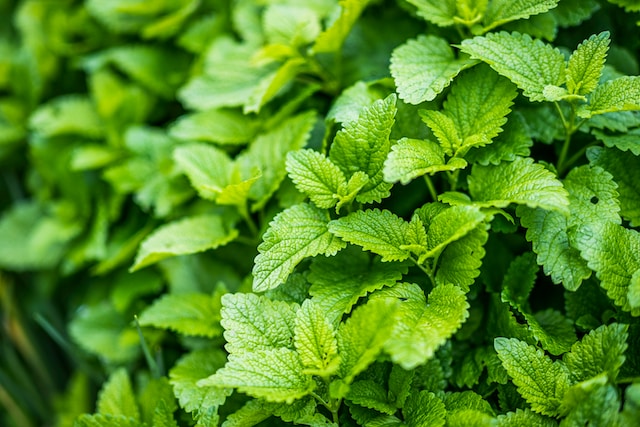
Lemon balm is a mildly lemon-scented herb from the mint family that would grow happily in your garden as found growing wild throughout Europe. It is a cold hardy perennial and able to survive temperatures as low as -30 degrees Centigrade/-20 Fahrenheit.
Lemon balm has a few uses noted and has been used as far back as the Middle Ages.
It seems to have a sedative/calming effect on people who are suffering or predisposed to anxiety and/or depression and If applied to cold sores immediately after they are noticed it will reduce the symptoms and healing time.
Lemon Balm is frequently used in cooking and teas, see the link below for ideas.
But, mainly used as an aromatherapy oil to aid relaxation and promote sleep.
Foxglove (Digitalis lanata)
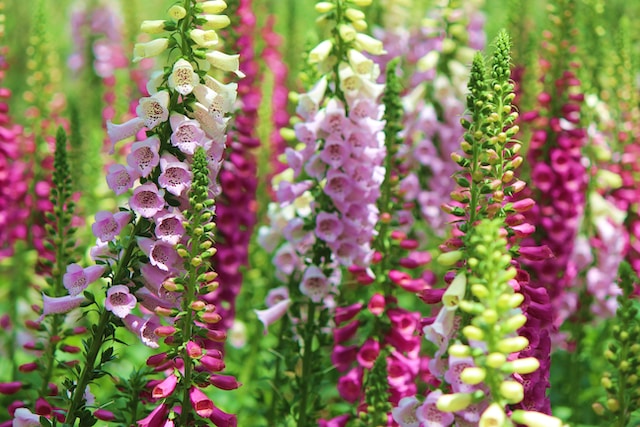
This beautiful plant is literally a lifesaver, touch but do not consume it. It is highly toxic and not suitable for self-medicating as poisonous. Back in 1785, the Foxglove was brought to the attention of the medical establishment, and its uses were noted.
In medicine today, the foxglove has chemicals removed from the foxglove’s dried leaves, and the drug digoxin is manufactured. Digoxin is used as a treatment for congestive cardiac failure (CCF) and atrial fibrillation (AF). The foxglove is also used to treat burns and migraines, and as an emetic (cause vomiting intentionally).
A pretty versatile but deadly plant if ingested. But, certainly not the most deadly.
Other poisonous plants to avoid:
Water Hemlock, which can be confused with edible parsnips or celery and causes incredible intestinal spasms, vomiting, and death is common.
Deadly Nightshade, contains Atropine and Scopolamine which cause paralysis of involuntary muscles including the heart.
Tobacco causes 5 million deaths a year, even though it is still commercially grown. Tobacco contains the toxic alkaloids nicotine and anabasine, which if eaten can be fatal.
If taking any prescription drugs or pregnant/breastfeeding please consult your medical practitioner before consuming any plant or herb or when using it as a holistic therapy in conjunction with our westernised traditional medicine.
As with any therapy, if you have any side effects stop using it immediately and consult your medical practitioner.
We are surrounded by beautiful blooms and the prettiest scents. Nature gives us everything we need. But, we must always be learning and educating ourselves on which plants we can use to enhance our lives, which ones we should leave to the experts, and which ones we should leave well alone.
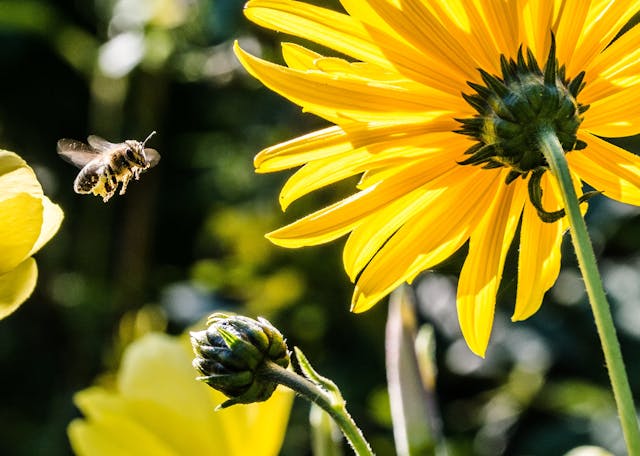
There are many websites and groups that teach foraging and the skills required to do so safely – Country File – Foraging
So reconnect with nature and use Mother Earth’s culinary delights to enhance your medicine box. Click on the links below to learn more:

